
views
Connecting to a Proxy Server Using Google Chrome

Launch your Google Chrome web browser. Do this by clicking on its shortcut icon from your desktop.

Go to Settings. Click its menu button at the top-right corner of the browser window to open a pop up menu. Select “Settings” from the drop-down menu to open Google Chrome’s browser settings.

Go to Advanced. Click on “Show advanced settings” to reveal additional browser settings.

Open the “Internet Properties” window. Scroll down the Settings tab to the “Network” section and click the “Change proxy settings” button to open a small “Internet Properties” window.

View the current LAN settings. Click “LAN Settings” inside the small window to view the current settings of your local area network.
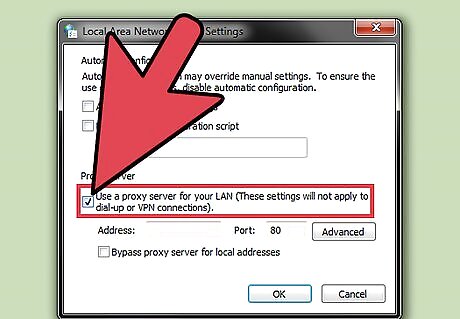
Enable the proxy settings. Do this by putting a check mark on the box beside “Use a proxy server for your LAN.”
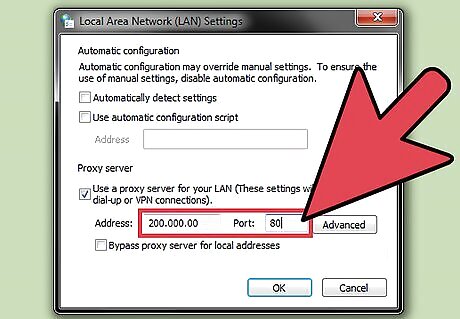
Enter the IP address and port number of the proxy server you want to connect to. Do this on the respective text fields. Contact your firm’s IT personnel if you don’t know the IP address and port number of the proxy server you want to connect to.
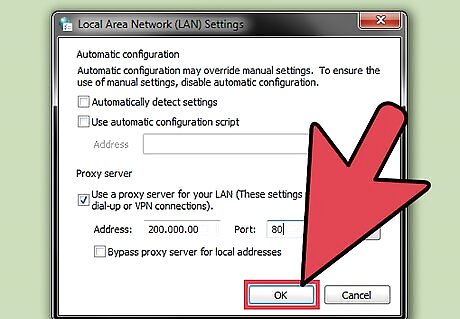
Save. Click “OK” to save the changes made on Chrome’s proxy server setting.

Test the connection. Enter the web address of the server you want to connect to on the address bar of Google Chrome to test the connection.
Connecting to a Proxy Server Using Mozilla Firefox

Launch your Mozilla Firefox web browser. Do this by clicking on its shortcut icon from your desktop.

Open the menu. Click its menu button at the top-right corner of the browser window to open a pop up menu.

Access the Options menu. Select “Options” from the drop-down menu to open Mozilla Firefox’s browser settings.

Go to Connection Settings. Click the “Settings” button listed along the “Connections” section on the “Network” tab of the Options window to open your browser’s connection settings.
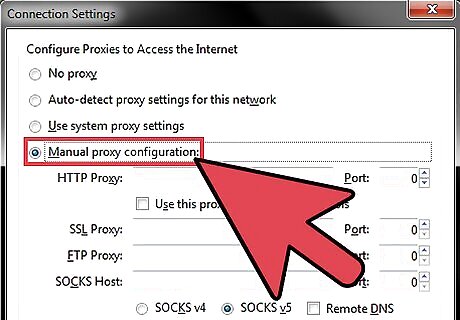
Enable “Manual proxy configuration.” Click the radio button beside “Manual proxy configuration” to enable the option.
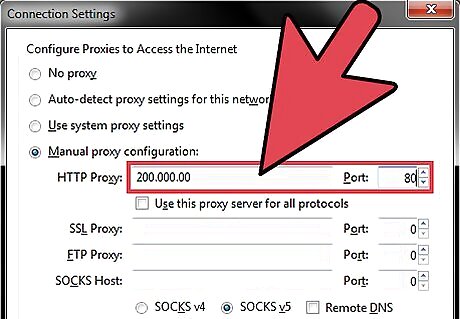
Enter the IP/HTTP address and port number of the proxy server you want to connect to. Do this on the respective text fields. Contact your firm’s IT personnel if you don’t know the IP address and port number of the proxy server you want to connect to.
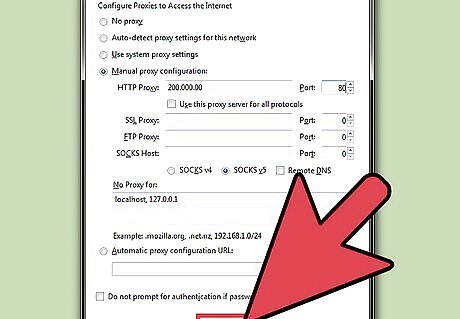
Save. Click “OK” to save the changes made on Firefox’s proxy server setting.
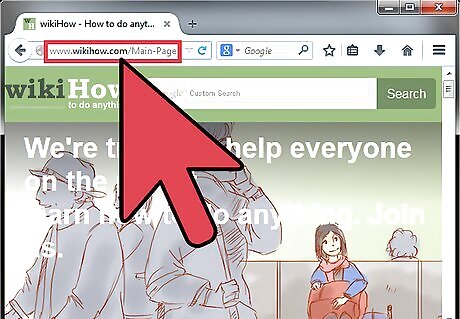
Test the connection. Enter the web address of the server you want to connect to on the address bar of Mozilla Firefox to test the connection.
Connecting to a Proxy Server Using Safari

Launch your Safari web browser. Do this by clicking on its shortcut icon from your desktop or the app dock (if you’re using a Mac).

Go to Preferences. Click on “Safari” at the top-left corner of the menu bar and select “Preferences” from the drop-down list to open Safari’s Preferences window.
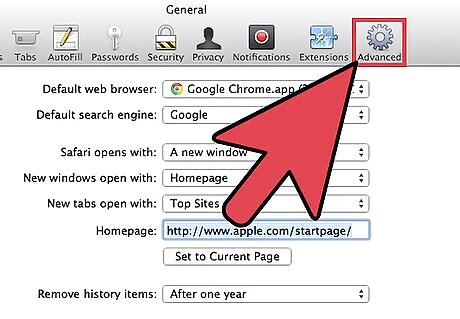
Go to Advanced Settings. Click the gear icon on the right side of the Preference window to view the advanced settings of Safari.
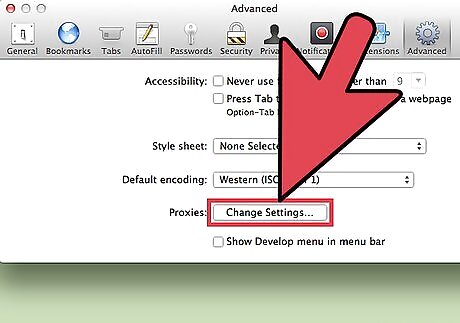
Click the “Change Settings” button. Now you can begin adding or editing any current proxies used within the browser.

Select a proxy. Select the kind of proxy you’re about to use from the list of options available under the “Select a protocol to configure” list. Ask your firm’s IT personnel if you’re unsure what kind of protocol the proxy server you’re about to connect to is. If you’re just using a basic proxy server to connect to the internet, you can just select “Web Proxy (HTTP)” from the list.

Enter the IP/HTTP address and port number of the proxy server you want to connect to. Do this on the respective text fields. Contact your firm’s IT personnel if you don’t know the IP address and port number of the proxy server you want to connect to.

Save. Click “OK” to save the changes made on Safari’s proxy server setting.

Test the connection. Enter the web address of the server you want to connect to on the address bar of Safari to test the connection.
Connecting to a Proxy Server Using Internet Explorer

Launch your Internet Explorer web browser. Do this by clicking on its shortcut icon from your desktop.
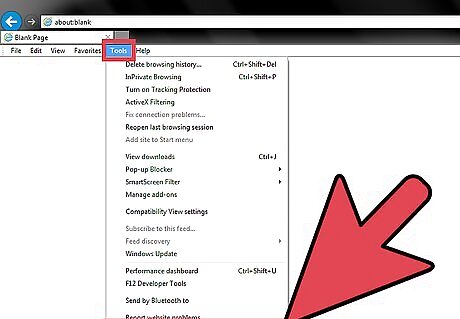
Open the Internet Options menu. Click “Tools” from the menu bar at the top left section of the window and select “Internet Options” from the drop-down list.

Go to your LAN settings. Go to the “Connections” tab inside the Internet Options window, and click the “LAN Settings” button at the bottom. This will open a smaller window for your local area network settings.

Enable the proxy settings. Do this by putting a check mark on the box beside “Use a proxy server for your LAN.”
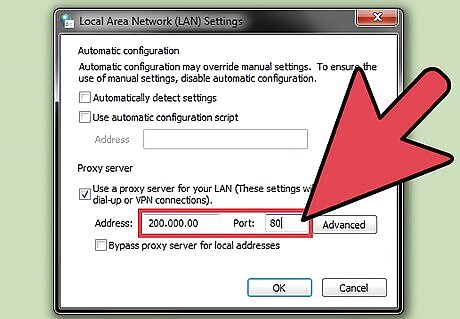
Enter the IP address and port number of the proxy server you want to connect to. Do this on the respective text fields. Contact your firm’s IT personnel if you don’t know the IP address and port number of the proxy server you want to connect to.

Save. Click “OK” to save the changes made on Internet Explorer’s proxy server setting.

Test the connection. Enter the web address of the server you want to connect to on the address bar of Internet Explorer to test the connection.


















Comments
0 comment